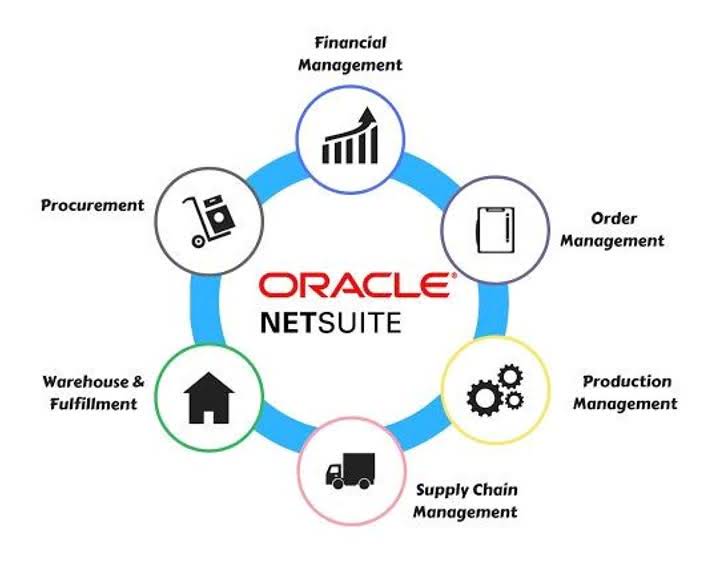
Learn how real estate company RE/MAX sets a higher service standard how to scale a business with Dialpad Support. Cloud-based sales outreach solution with Ai that automates playbooks, gives in-call coaching, and helps your team win. Cloud-based support and contact center solution with Ai that helps expedite onboarding, simplify coaching, and delight customers. An all-in-one customer communication platform with Ai that takes notes, delivers insights, and helps your team stay productive. Fellow is the only all-in-one AI meeting transcription and management software for remote and hybrid organizations. Have fewer, more effective meetings with the help of AI, productivity-driving features, and seamless integrations.
Part II: 4 steps for scaling a small business successfully
The goal is to establish your company as a leader in your industry so you can attract more clients and customers. Make sure that you are keeping a close eye on the results; what avenues are bringing in the most return on your investment? If needed, lean on product marketing consultants who are experts in your particular field.
What Is a Scaling Plan?

With the right approach, your business can achieve new heights and thrive in a competitive market. People think rapid growth is the goal, but without the right business strategy, it collapses under its own weight. Scaling ensures future growth by leveraging automation, delegation, and streamlined processes. As your business grows, ensure you’re still providing the same high level of service and meeting your customers’ needs.

When leads are increasing fast
- I’ve created a guide to walk you through each of these 9 steps that you can grab here.
- It could be a result of new business acquisitions, new contracts, etc.
- While many people would assume that scaling is the best step for any business, there are some important things that you need to consider before you make the leap.
- The aim of scaling is to increase revenue with minimal cost increments.
- Including them in product planning and things like your strategic roadmap will help them discover new skills and prove that their input matters.
- This culture statement is what you will strive to achieve as an organization.
- By scaling you’ll reach more customers without a corresponding increase in expenses, which has a direct impact on the business’s profitability.
Scaling requires efficiency; to have efficiency, you need alignment. Ultimately, the Rule of 40 is about discipline—ensuring that rapid https://www.bookstime.com/articles/double-declining-balance-method growth doesn’t come at the expense of profitability. Scaleups that can hit this benchmark often earn higher valuations and are better positioned to sustain their success. So, whether you’re growing fast or building steady profits, it’s a metric worth keeping on your dashboard. As your business grows, you continuously add resources — employees, office space, equipment, and infrastructure — to support your increasing revenue.
- To ensure you are profitable, you need to adjust your expenses in line with your sales patterns.
- Task management platforms like Trello and Asana help create repeatable workflows, track progress, and ensure accountability, reducing miscommunication and inefficiencies.
- Moving to the cloud standardizes document sharing, communication, and workflow management, making growth frictionless.
- They can also afford to buy more extensive facilities or equipment because they have more capital than their competitors.
- It’s even become a feature—getting their hands on a particular color lets them create a limited time collection drop that customers snap up.
- You can hire new employees, automate processes, or even outsource some of your work.
You know exactly what you need to invest to achieve specific revenue targets. Growth is reliable and predictable, but it can be slower and more capital-intensive than scaling. This is largely because each step forward requires a proportional investment in resources to make that growth happen. Now, the incredible increase in sales far makes up unearned revenue for the expenditure on the software and increases the profit exponentially. This is the kind of expansion you can expect when you seek to scale, rather than grow.
Signs you’re ready for the next stage of growth
Doing it all yourself can come with financial pressure, but you won’t need to answer to anyone but yourself. Scaling your business successfully doesn’t follow a one-size-fits-all approach, and your strategy should match your business model. The steps below can all contribute to rapid growth, but the order in which you implement them will depend on the specific goals in your business plan. Using specialized software can also improve accuracy and compliance, thereby supporting better cash flow management. Cost-effective technology allows easy global access to your target customers so that you can take advantage of your market share globally.

What is growing a business?

Diseconomies of scale can occur when companies fumble their expansion plans. They may ramp up production, but their costs per unit increase rather than decrease. They may have hired too many managers or opened too many locations. They may have failed to buy the right equipment or hire the right workers. In such cases, they may need to reevaluate their expansion plans. Generally speaking, economies of scale can be achieved in two ways.
For example, you may add a new customer to bring in an extra $100k in revenue, but to do so you need to beef up your sales and marketing team, which costs $100k. The net effect is little (or, in this example, zero) growth on your bottom line. When every new business starts out they need to be looking at scalability, not just profit growth. Start with your business plan and your sales and marketing strategy, and determine how scalable these are. In other words, your operational costs rise as your company grows, which can constrain cash-strapped small and medium-sized businesses.